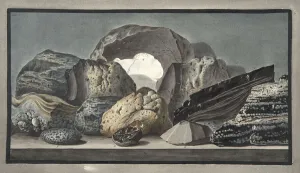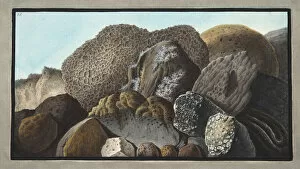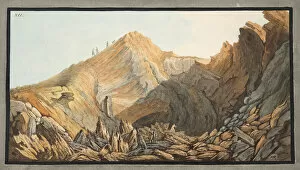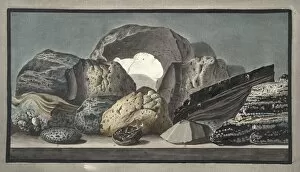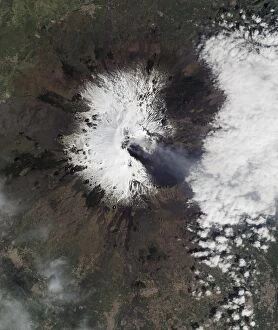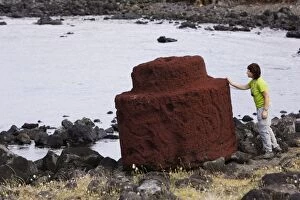Scoria Collection
Scoria, a volcanic rock formed from solidified lava, is a fascinating geological marvel
All Professionally Made to Order for Quick Shipping
Scoria, a volcanic rock formed from solidified lava, is a fascinating geological marvel. Its unique characteristics and formations have captivated scientists and explorers for centuries. In the 1776 publication "Vitrifications, and other Volcanic productions, " Plate LII showcases the intricate patterns alongside other volcanic creations. Plate LI in the same publication displays an array of lava, scoria, and pumice stones collected from Mount Vesuvius. The sheer diversity in color and texture is awe-inspiring, reminding us of nature's artistic prowess. Another captivating image from 1776 takes us inside the cone of a small mountain with Plate XIV. This view into the crater reveals a mesmerizing landscape shaped by volcanic activity. The sight leaves one humbled by the immense power that lies beneath our feet. Moving forward to modern times, Picture No. 11050149 captures gas and ash streaming out of multiple craters on Sicily's iconic Mount Etna. This powerful display serves as a reminder that volcanoes are not mere relics but active forces shaping our planet even today. In contrast to these natural wonders, Picture No. 10861977 depicts human intervention in mining activities at La Croix-aux-Mines silver mine in Lorraine. Here we witness foundry workers refining precious metals amidst an industrial backdrop—a testament to how they are also hold economic value beyond its aesthetic appeal. Lastly, we journey to New Zealand where this enigmatic rock finds itself amid stunning landscapes yet again—Picture No. (New Zealand). Whether it be rugged mountains or pristine coastlines adorned with scoria formations, this island nation provides another canvas for nature's artistry.

